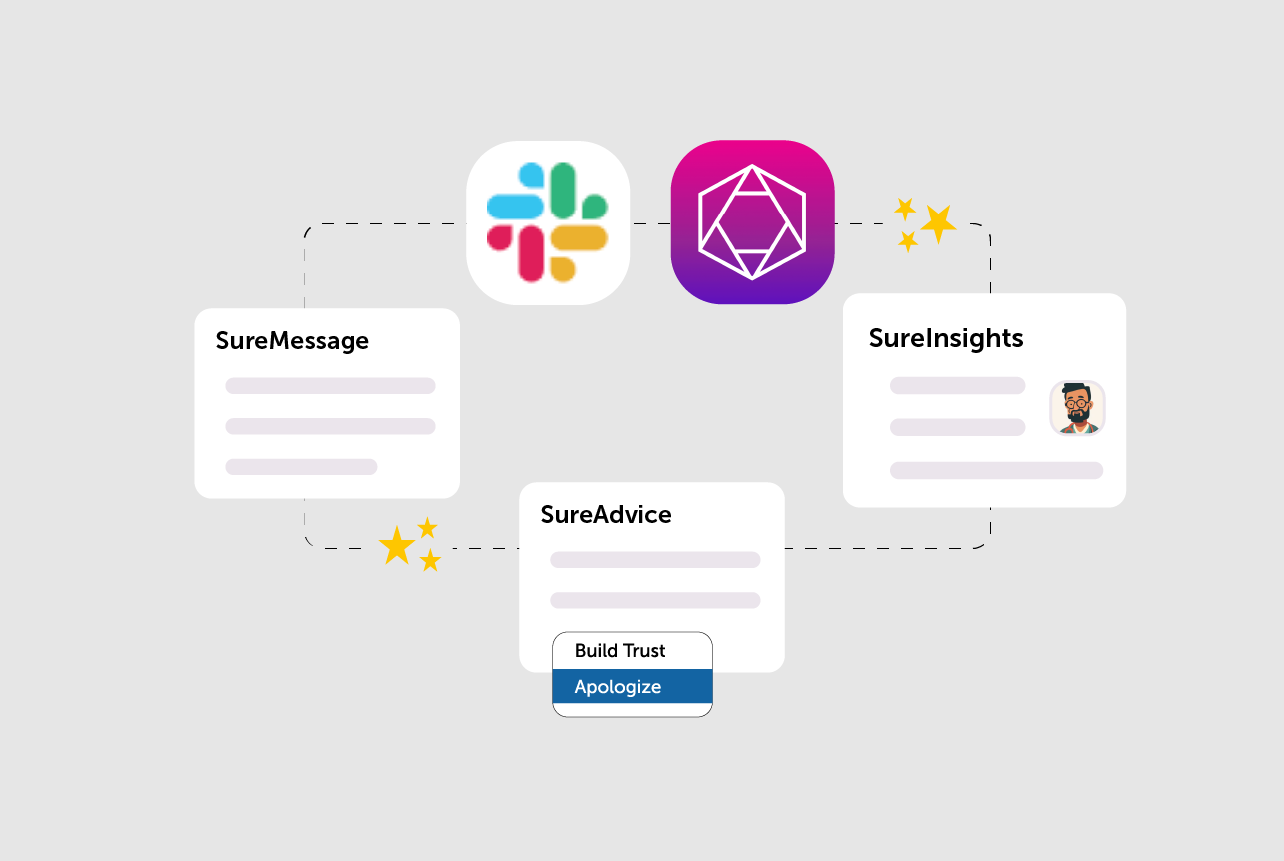Collaboration in Isolation
We find ourselves simultaneously more connected yet disconnected than ever before. The open-door policies of old have become intensified. While we may not be able to casually wander over to someone’s desk when we need immediate feedback on a particular task, we can ping them on services like Teams or Slack, or even text. They, in turn, can ping us whenever, 24/7. The rise of productivity tools has left our virtual doors perpetually open.
We might be deep into a project, poring over spreadsheets or graphic editing windows—and then it strikes. That chime. Suddenly, the toolbar menu in our project window is hidden beneath a chatbox.
Gone is our workflow as more message boxes pop up, burying our toolbars beneath. Inventor Hugo Gernsback might come to mind. Gernsback became so frustrated with things hindering his productivity in the 1920s that he famously created the “Isolator” Helmet to block out unwanted distractions. If we aren’t feeling quite as dramatic, we can simply close our chat services. But that defeats the point of these productivity tools—to enhance collaboration in the remote era. We turn to these services to improve communication and relationships with our modern teams. They come equipped with a range of emoticons and GIFs to punctuate humor and feelings the way our voices would do in person.
While we’ve come to lean on chat services to boost collaboration and productivity in virtual spaces, they sometimes have the inverse effect. In this podcast, flexible office advocate Lisette Sutherland discusses the dangers of collaboration overload. Another common symptom of virtual overexposure is “Zoom Fatigue,” covered in this video by the Goodwill Community Foundation.
Just like offices of old, virtual offices require some expectation of courtesy and boundaries. If we see that a colleague is marked as “Busy,” consider sending an email instead of an instant message. Likewise, evaluate whose feedback we really need for particular tasks. Do we need to contact several people, or just one?
Collaborative tools, when used without boundaries, can quickly become invasive and even harmful to the relationships they are meant to help. It’s up to us to identify and exercise decorum in this digital space. Like with in-person relationships, lack of courtesy risks further disconnection from one another.
“Good manners will open doors that the best education cannot.”
– Clarence Thomas
Do you have an idea you want to share with an empowered community of self-aware professionals? If you’d like to contribute an idea or article to ‘In The Flow of Work’ on the Evolve blog, just send us a message or submit a post to our Head of Content, Adam Schneider




